In the early 1930s, Hoyt Avenue in Astoria, Queens, was a traditional neighborhood street. It was lined with three-story wood-frame houses, local shops, and the occasional small apartment building. The elevated train tracks of the BMT Astoria line ran directly above its western portion, casting shadows on the sidewalks and the storefronts below. Residents lived, worked, and shopped along the avenue, which served as a familiar, local corridor.
This entire scene changed dramatically starting in 1933. City planner Robert Moses targeted Hoyt Avenue as the main approach for his monumental new project, the Triborough Bridge. The plan required transforming the relatively narrow residential street into a massive, multi-lane highway capable of funneling thousands of cars to and from the bridge.
The construction project was immense and completely altered the avenue. Demolition crews arrived and began tearing down dozens of buildings. Homes, businesses, and even parts of the elevated train structure were dismantled to make way for the wide road. For years, the area was a massive construction site, filled with the sounds of steam shovels, riveting, and heavy machinery. The lives of the residents were directly impacted, as families were displaced and local businesses were forced to close or relocate.
Read more
By 1936, when the Triborough Bridge opened, the old Hoyt Avenue was gone. In its place was a wide, sweeping plaza and a high-speed parkway designed for automobiles. The elevated train tracks were rerouted to a new path along 31st Street. The original street grid was erased and replaced by on-ramps and off-ramps.
The new roadway that took the place of Hoyt Avenue was officially named Triborough Plaza, and parts of it were incorporated into the Grand Central Parkway extension. It no longer functioned as a local street where people lived. Its new purpose was to serve as a high-capacity conduit for traffic, a physical symbol of the city’s shift toward an automobile-centric future. The quiet neighborhood street of 1930 had become a major piece of regional infrastructure by the decade’s end.



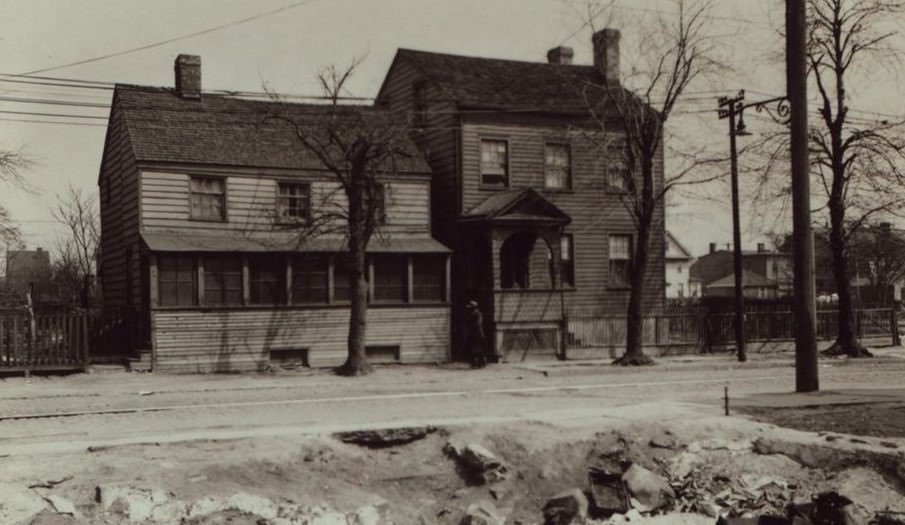
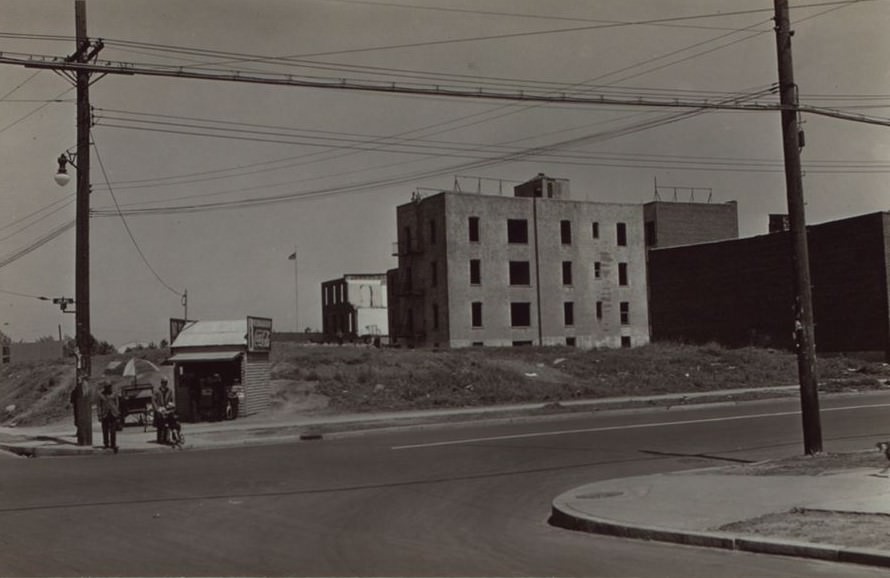
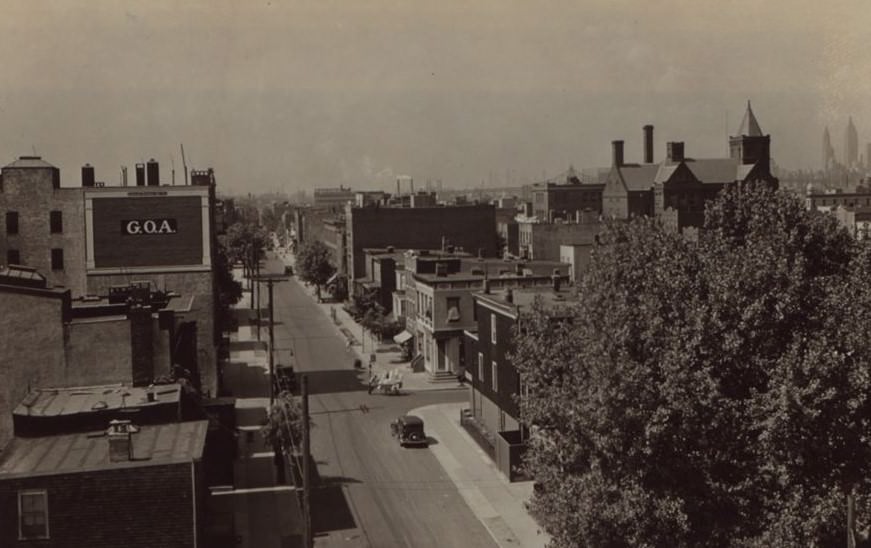
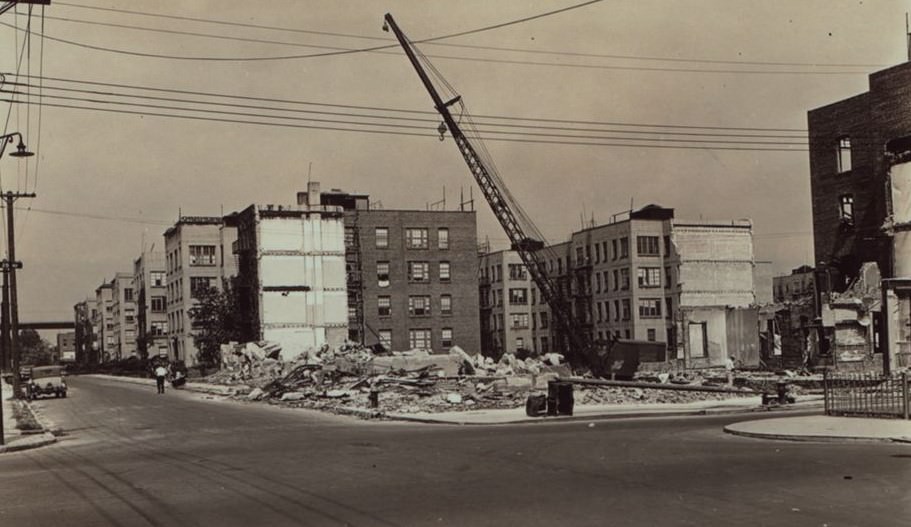
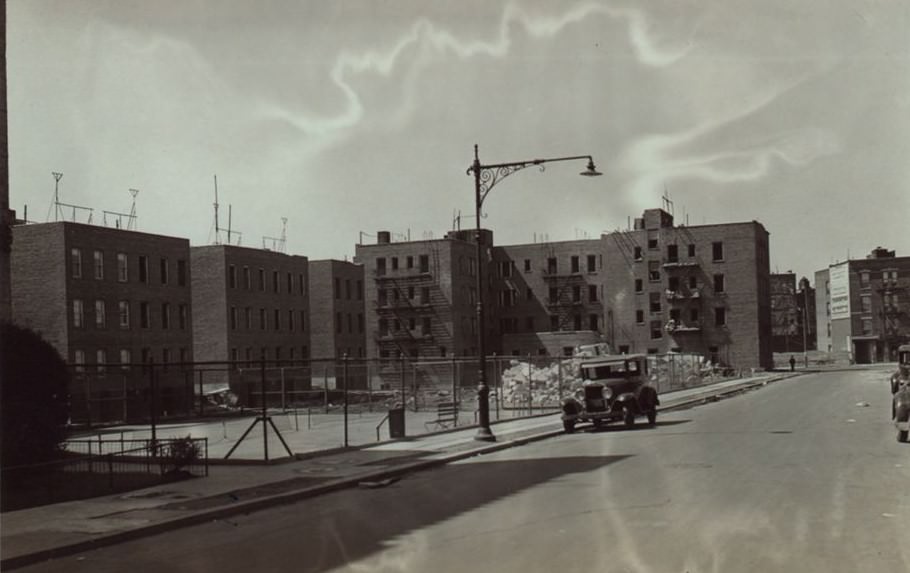

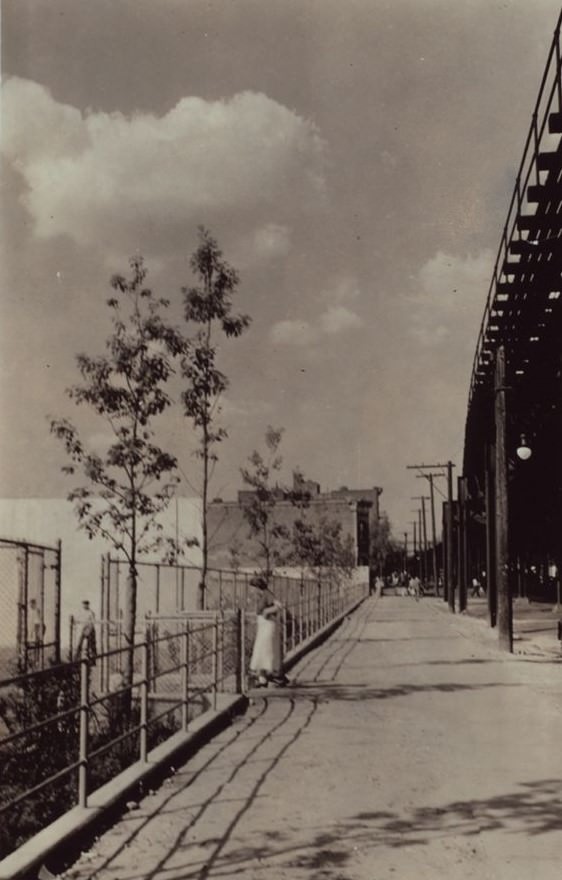
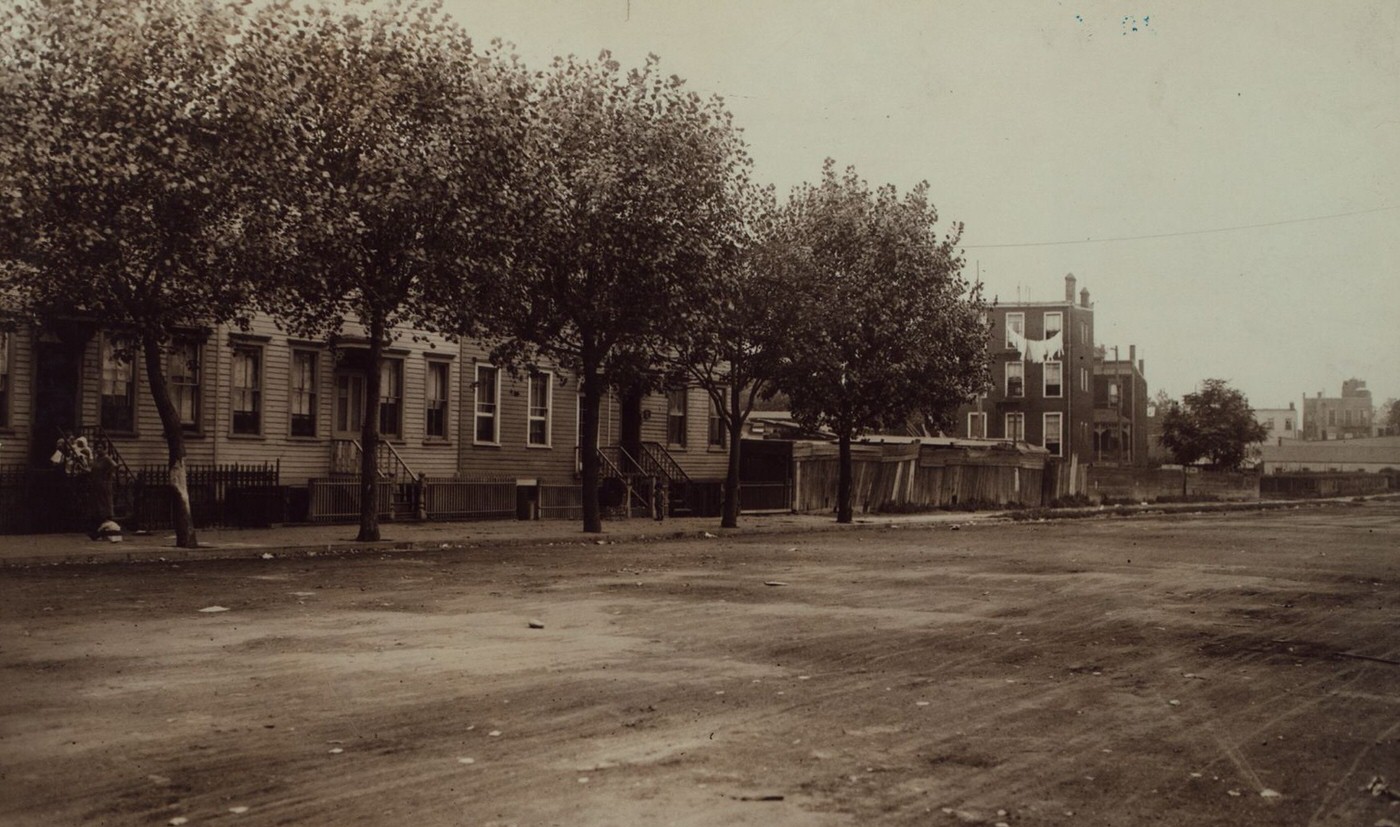
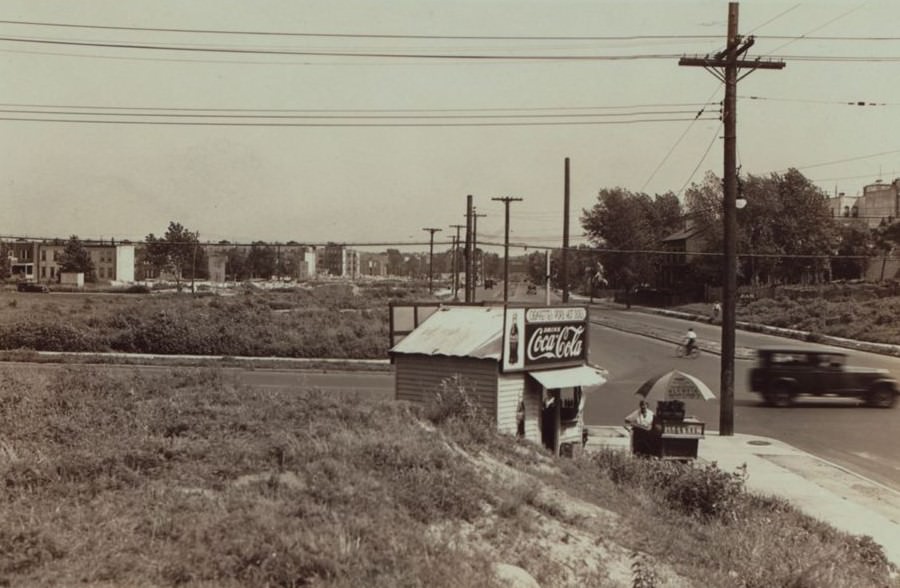
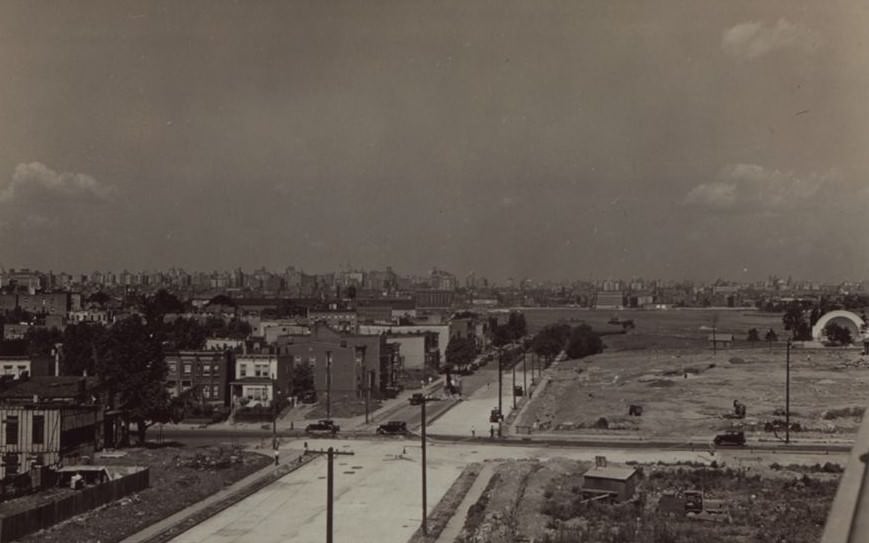
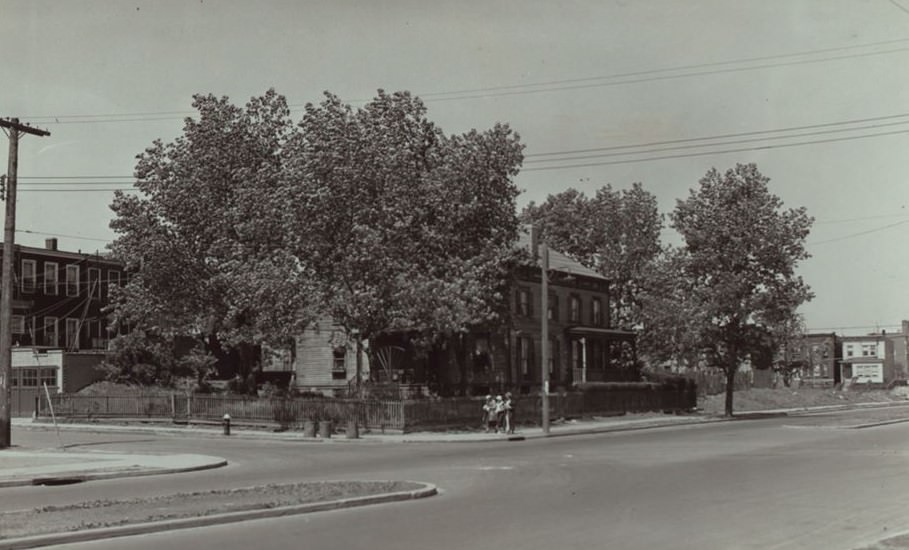
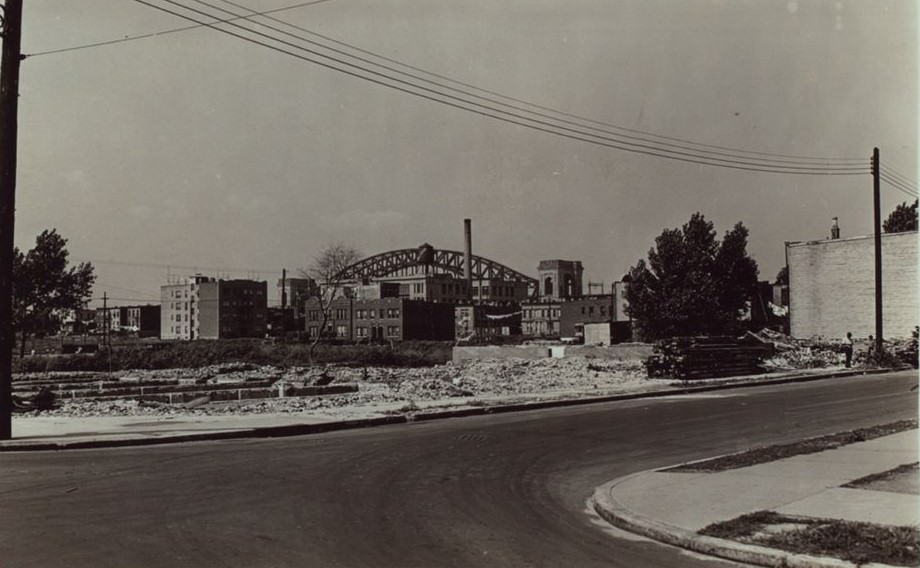
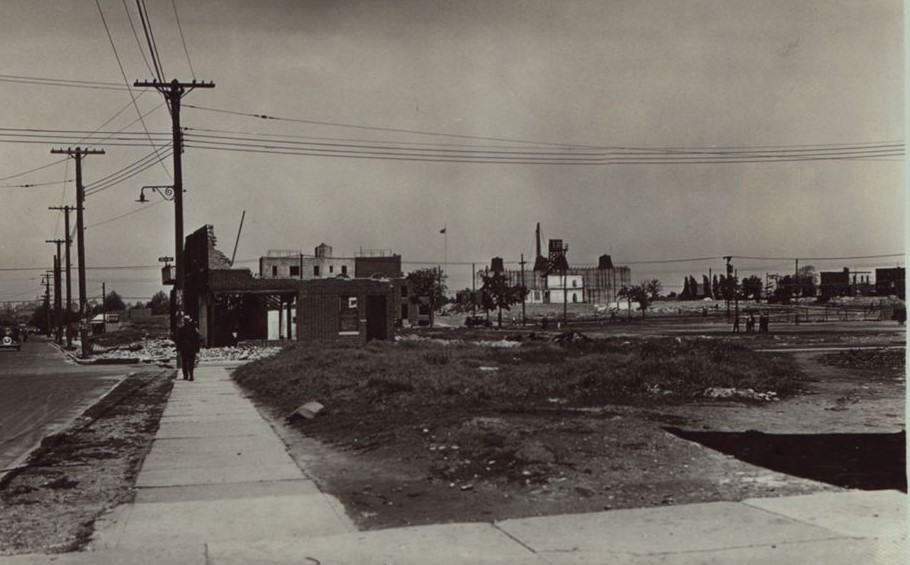
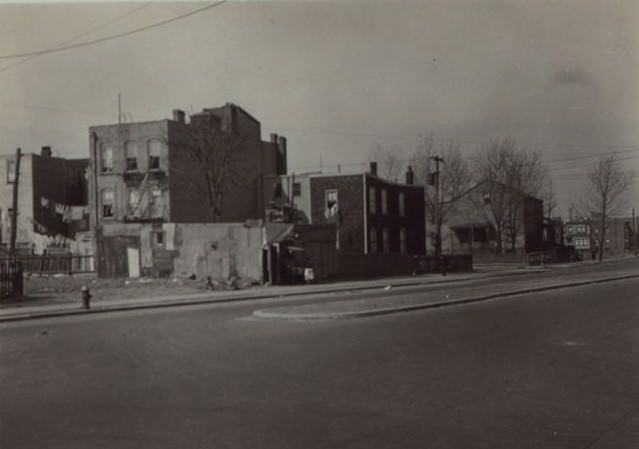
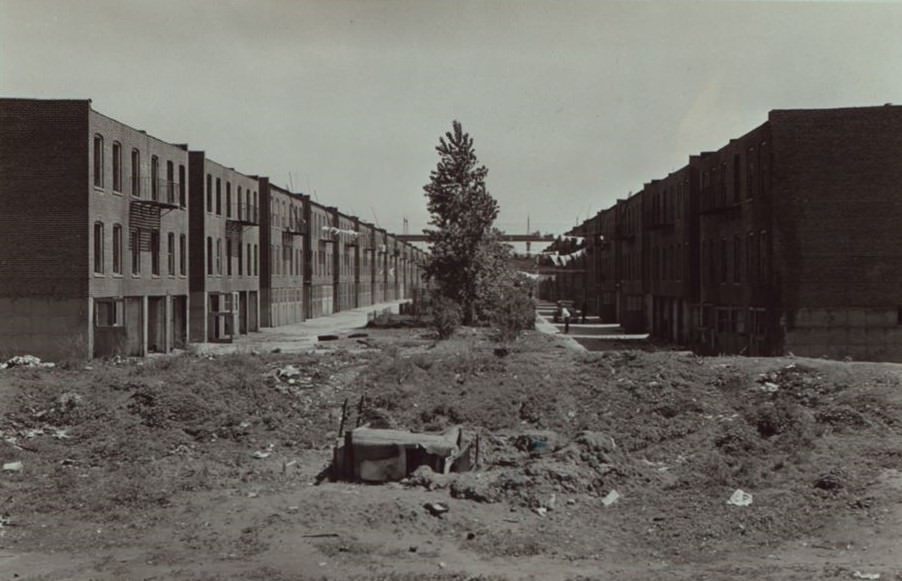
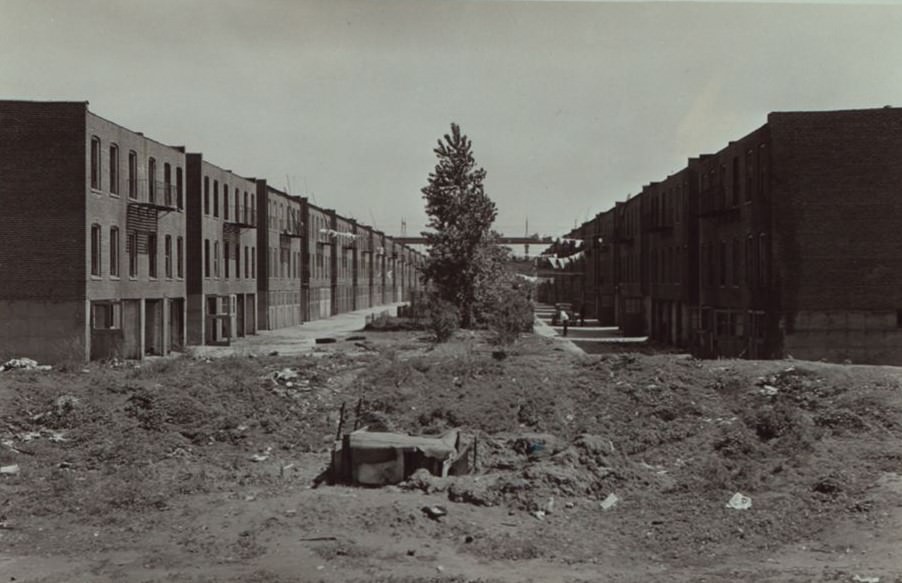
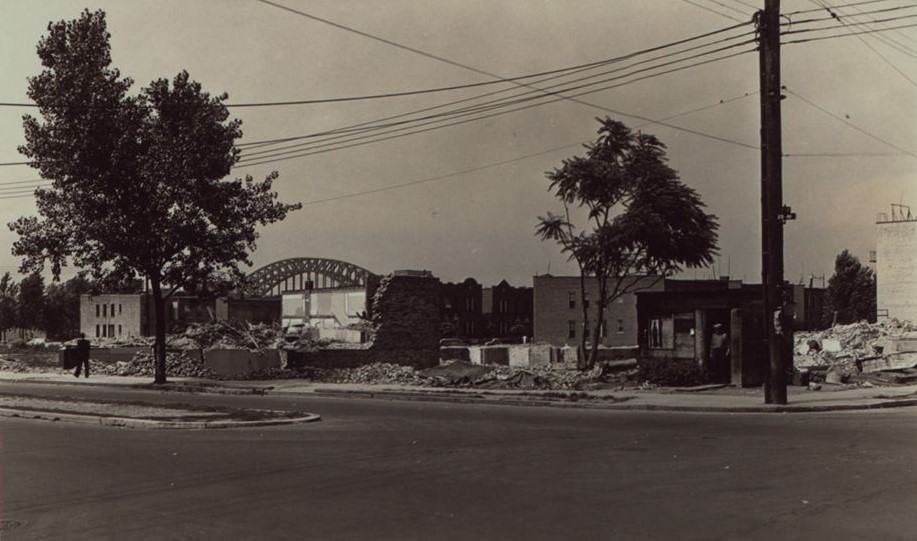
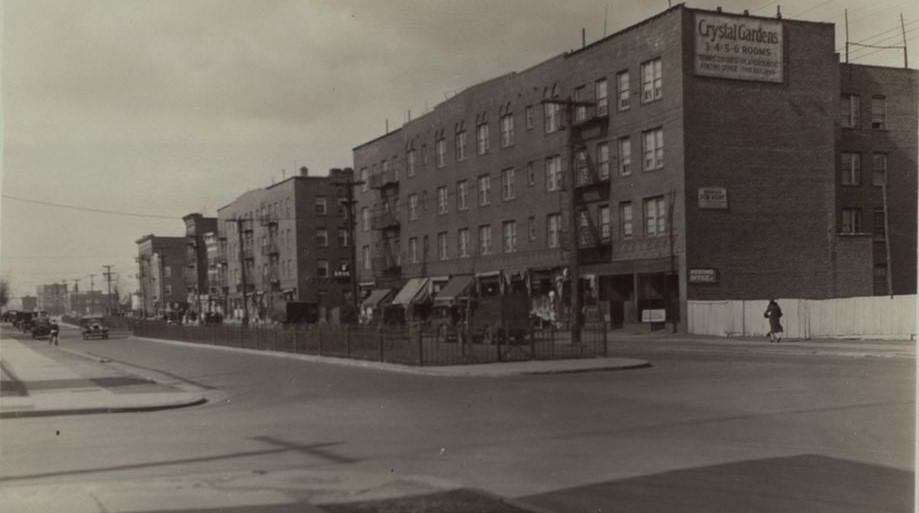
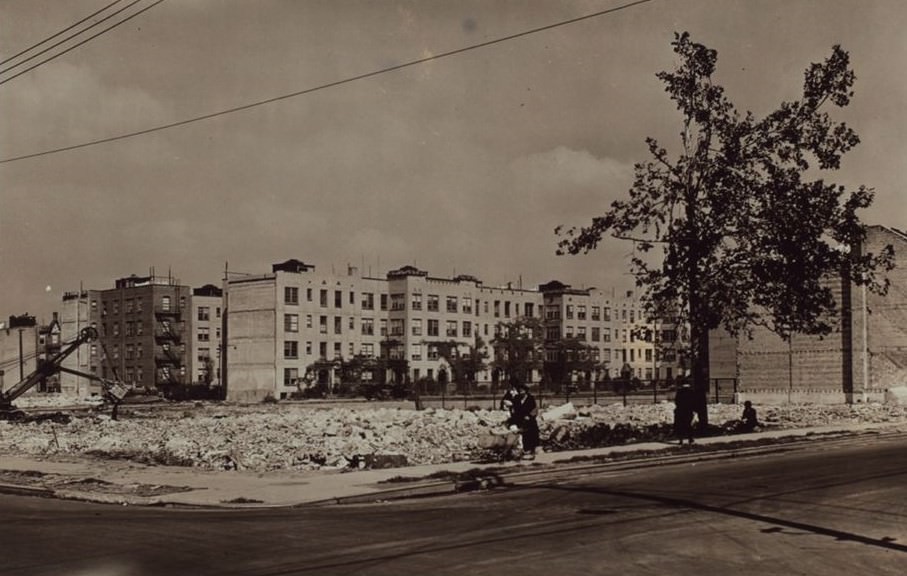
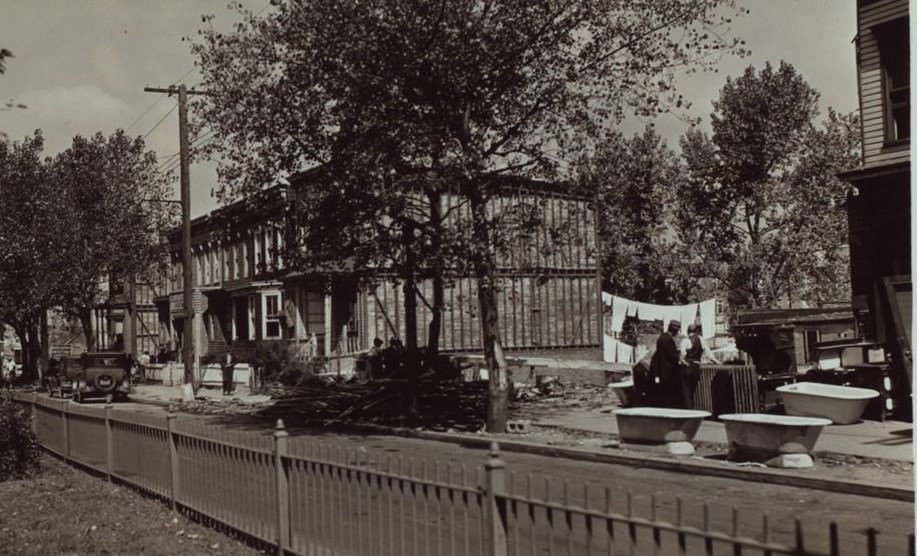
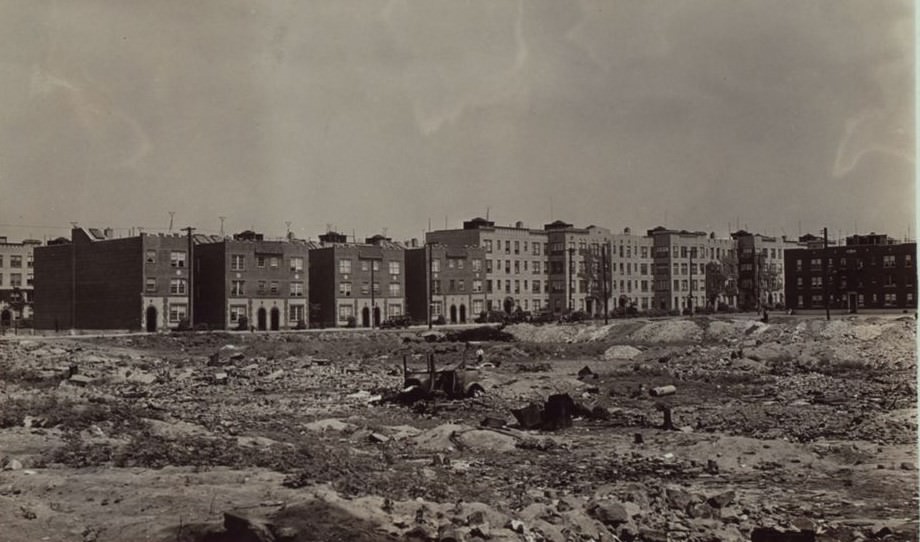
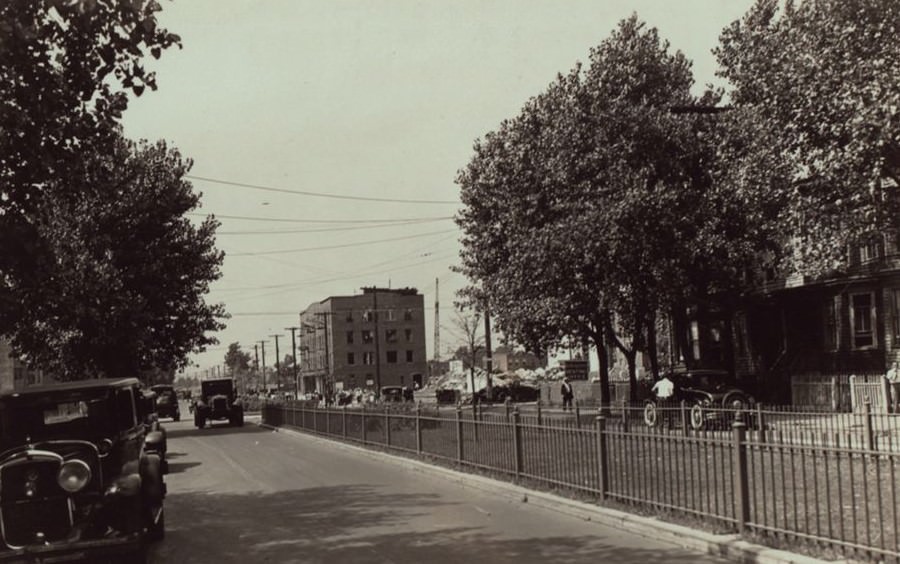
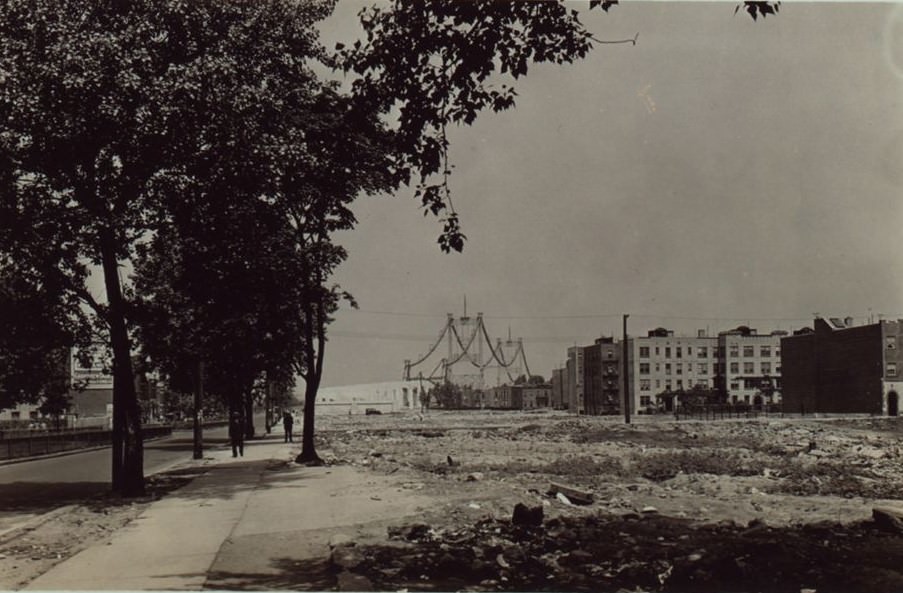
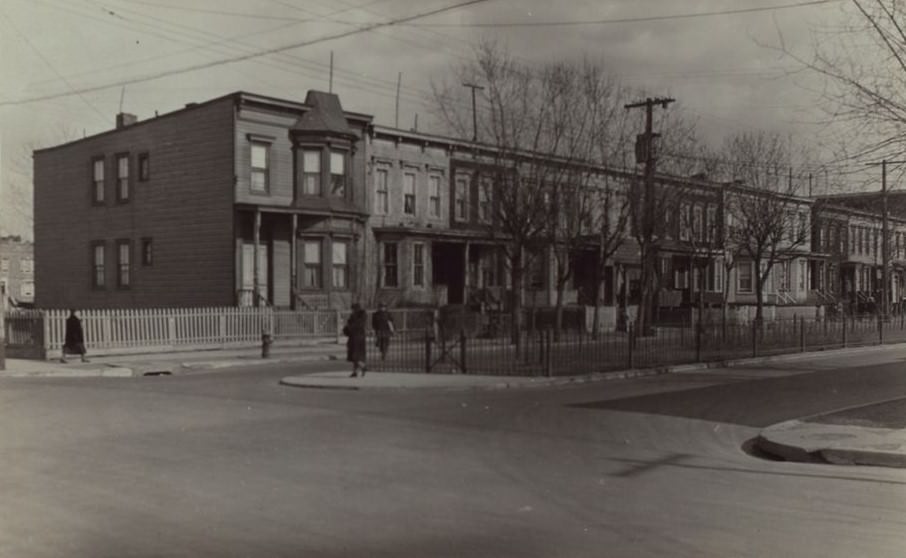
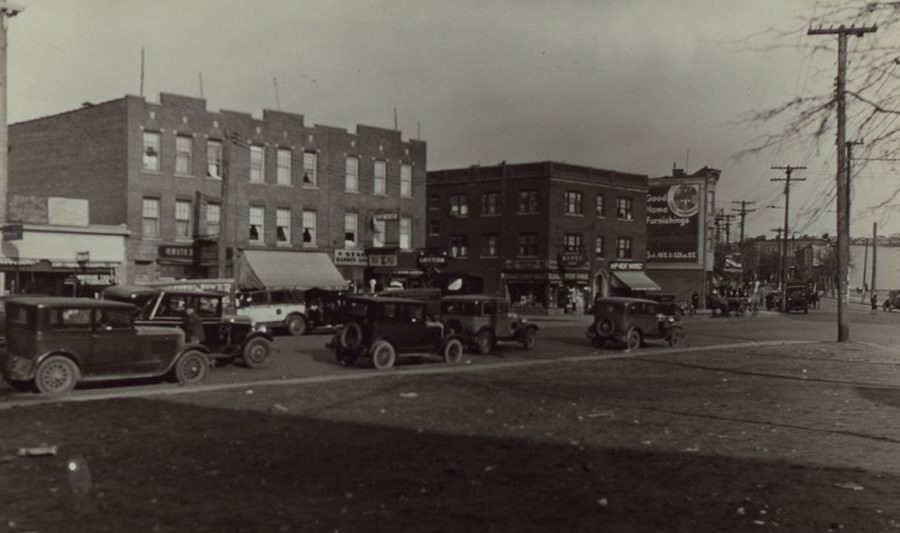
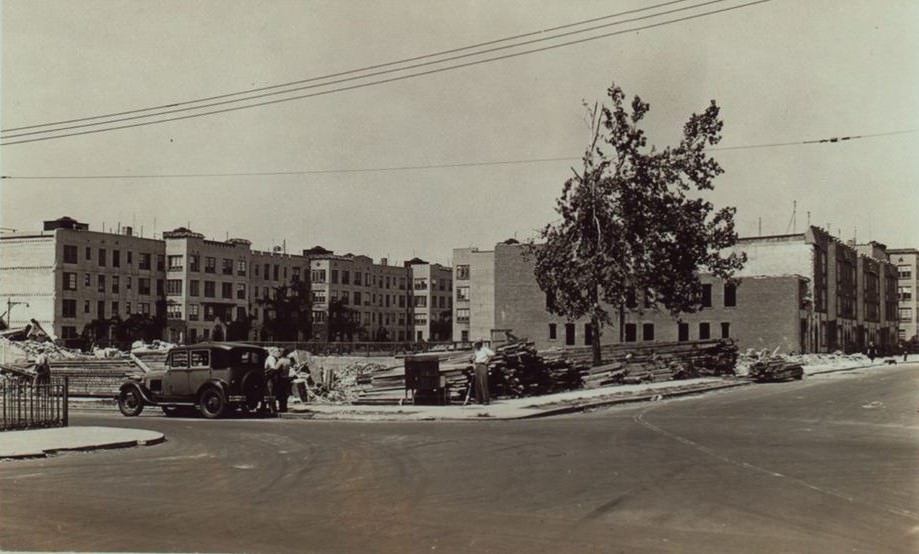
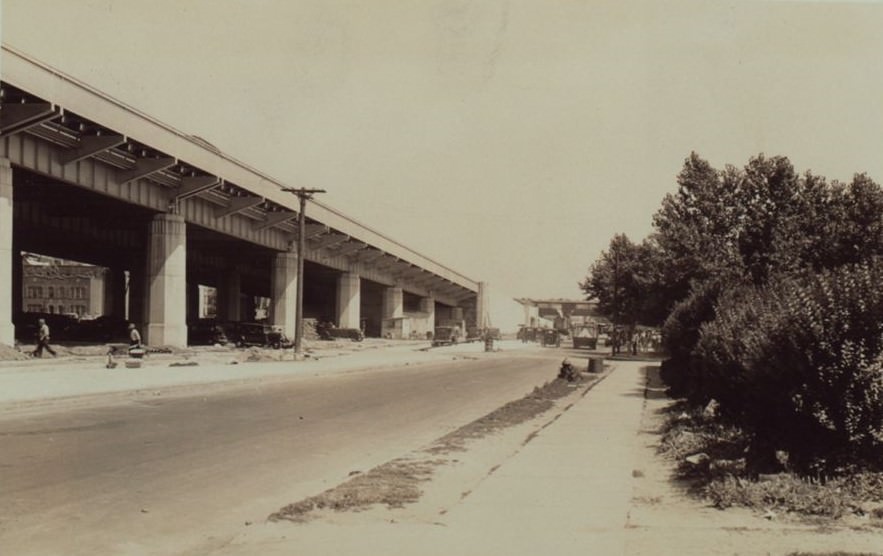
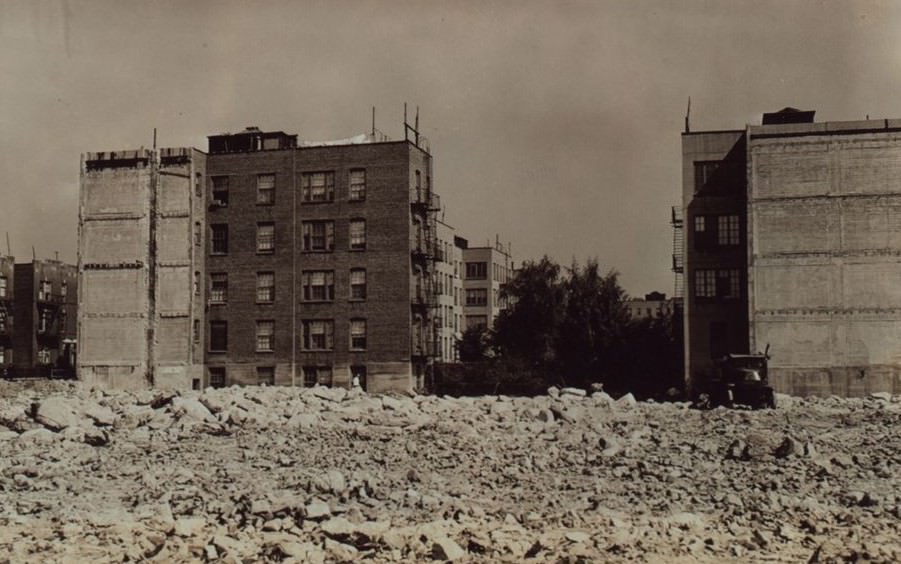
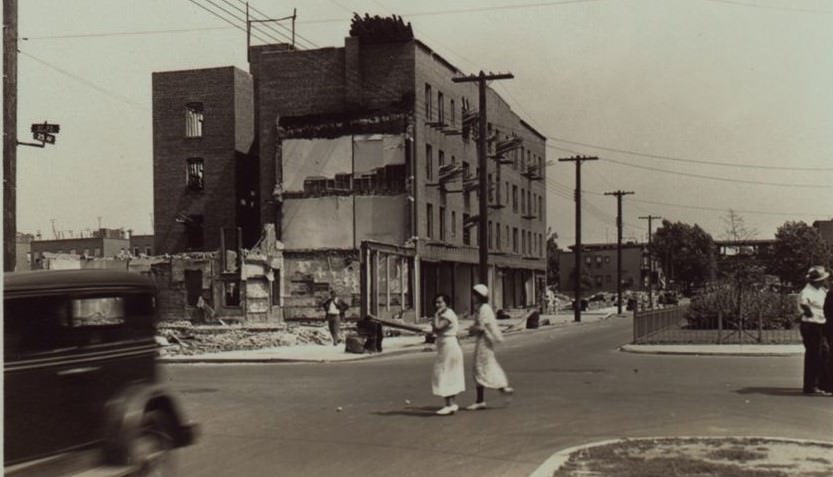

GIPHY App Key not set. Please check settings